
By Steven Carrell
Senior Data Scientist, Lloyd’s List Intelligence
At Lloyd’s List Intelligence, the quality of our data underpins every decision we help our clients make. That’s why we continue to invest in the completeness, accuracy, and timeliness of our maritime intelligence, principles that sit at the heart of our COACT framework.
With the introduction of AIS SeaOrbis, we’ve taken a major step forward in enhancing one of the most essential inputs to maritime analytics: AIS (Automatic Identification System) data. The result? Sharper visibility, smarter risk detection, and more confident decision-making across global trade and compliance operations.

Strengthening the AIS Network: A Global View
AIS SeaOrbis has enabled us to significantly expand and optimise our global network of shipborne AIS receivers. By targeting high-impact regions, we’ve improved coverage in both congested and high-risk areas where intelligence gaps previously existed.
Here are just a few examples of the improvement in unique AIS positions year-on-year:
These enhancements are more than just numbers, they represent greater visibility into global vessel movements, more precise risk tracking, and better support for sanctions compliance and operational planning.
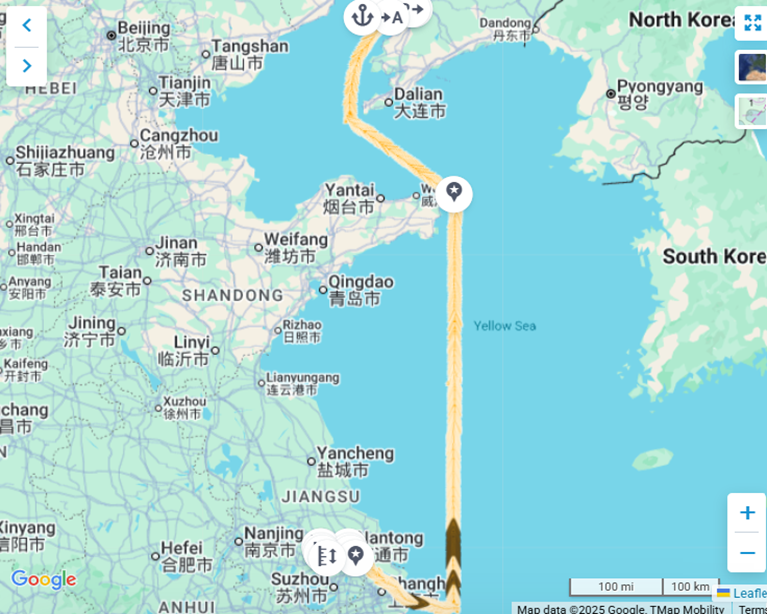
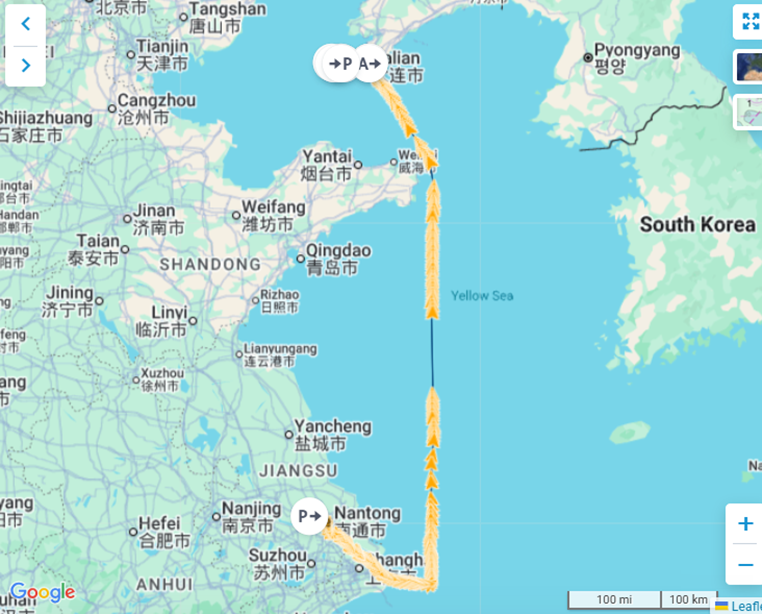
Before and after SeaOrbis: fully connected voyages in key regions
Unique MMSIs vs. Unique Positions – What’s the Difference, and Why It Matters
In measuring AIS coverage improvements, we focus on two key metrics:
Having both metrics trend upward is critical. More unique MMSIs ensures broad fleet coverage, while more positions per vessel gives us the granularity to spot suspicious behaviours, reconstruct voyages accurately, and reduce false positives. This dual improvement directly supports the completeness and accuracy principles of our COACT framework.

Intelligence in Action: Smarter Voyage Tracking and Fewer False Positives
With more AIS data per vessel, we’re able to build more complete voyage histories. This means:
By improving visibility into vessel behaviour, SeaOrbis enables faster, more informed decisions for analysts, compliance teams, and operational managers alike.
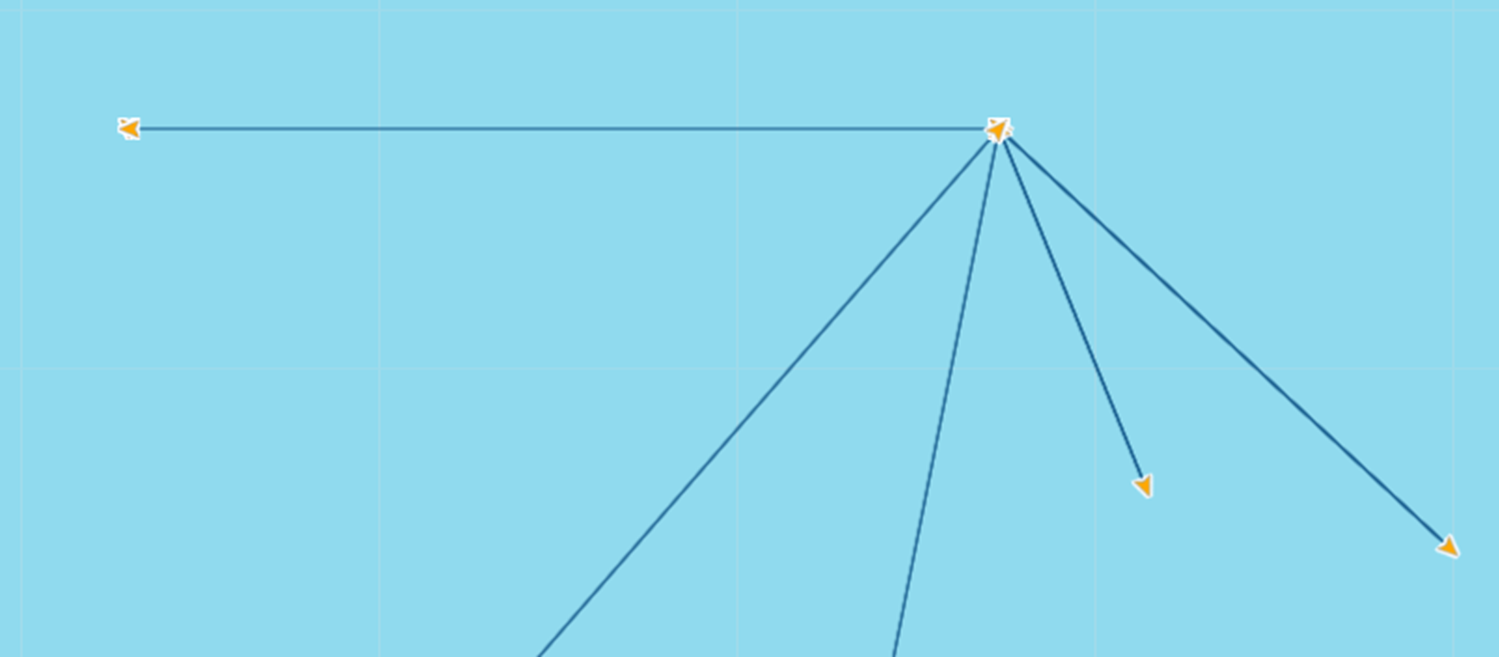
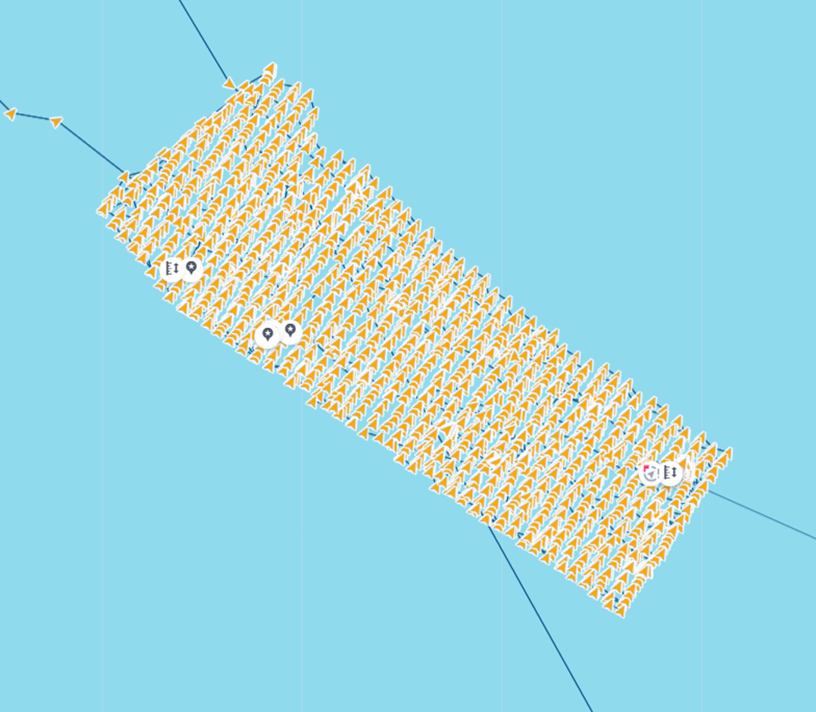
Examples of recently captured spoofing events, powered by SeaOrbis
Detecting Spoofing in High-Risk Areas
One of the biggest challenges in AIS-based intelligence is spoofing: deliberate attempts to disguise vessel activity by manipulating transmitted AIS data.
The Persian Gulf remains a hotspot for this behaviour. Thanks to the increased volume and precision of AIS signals provided by SeaOrbis, our detection capabilities have significantly improved.
We now deploy a hybrid approach to spoofing detection that combines rule-based systems with machine learning models trained to spot:
With more unique positions available, these models can detect subtler patterns and increase our confidence in identifying spoofing events. This supports broader risk intelligence goals for clients operating in high-compliance or geopolitically sensitive areas.
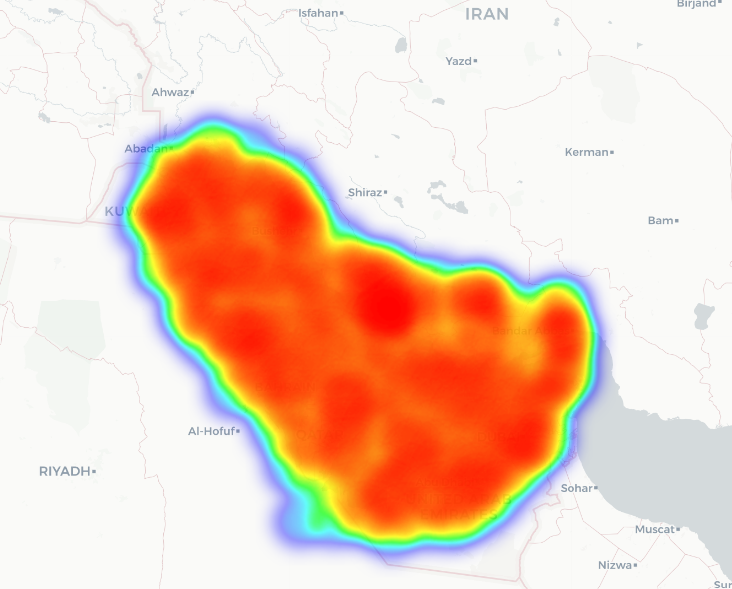
Persian Gulf heatmap: highlighting the density of unique positions over one day
Powered by Data Science: The People Behind the Data
SeaOrbis is the result of close collaboration across multiple teams, each contributing their expertise to enhance AIS data intelligence.
From engineering teams building the data ingestion pipelines, to infrastructure specialists optimising system performance, every stage of the platform reflects a shared commitment to quality and innovation.
Within this broader effort, the Data Science team plays a key role once AIS positions enter the Advanced Risk & Compliance (ARC) and Risk model. This includes
This spirit of collaboration underpins the strength of SeaOrbis: a platform where deep technical expertise, smart design, and cross-functional coordination come together to deliver smarter maritime intelligence.

London, UK HQ
More Data, Better Decisions
The SeaOrbis project represents a major leap forward in maritime intelligence. By improving AIS coverage across the globe and enhancing our ability to detect vessel behaviours with greater clarity and speed, we’re helping clients:
With AIS SeaOrbis, you get more than just data, you get insight you can trust.
Seasearcher Advanced Risk & Compliance gives a new view of validated maritime trading risk and context on which to base and evidence compliance decisions that could:
The Most Accurate & Reliable Vessel Tracking Intelligence: Powered by SeaTech™ with exclusive data sources, advanced analytics, and an unrivalled network of maritime expertise

Intelligent, actionable compliance insight designed to make your life easier
